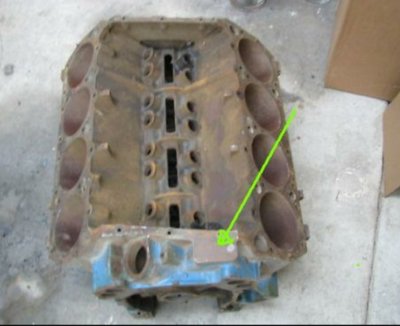wyrmrider
Well-Known Member
So
All 6 pack external
most 440hp with forged crank external
It would shake
if it ain't broke don't fix it
given a choice use the LY rods, MP/SPS bolts and internal balance- and LIGHT pistons
All 6 pack external
most 440hp with forged crank external
It would shake
if it ain't broke don't fix it
given a choice use the LY rods, MP/SPS bolts and internal balance- and LIGHT pistons

















